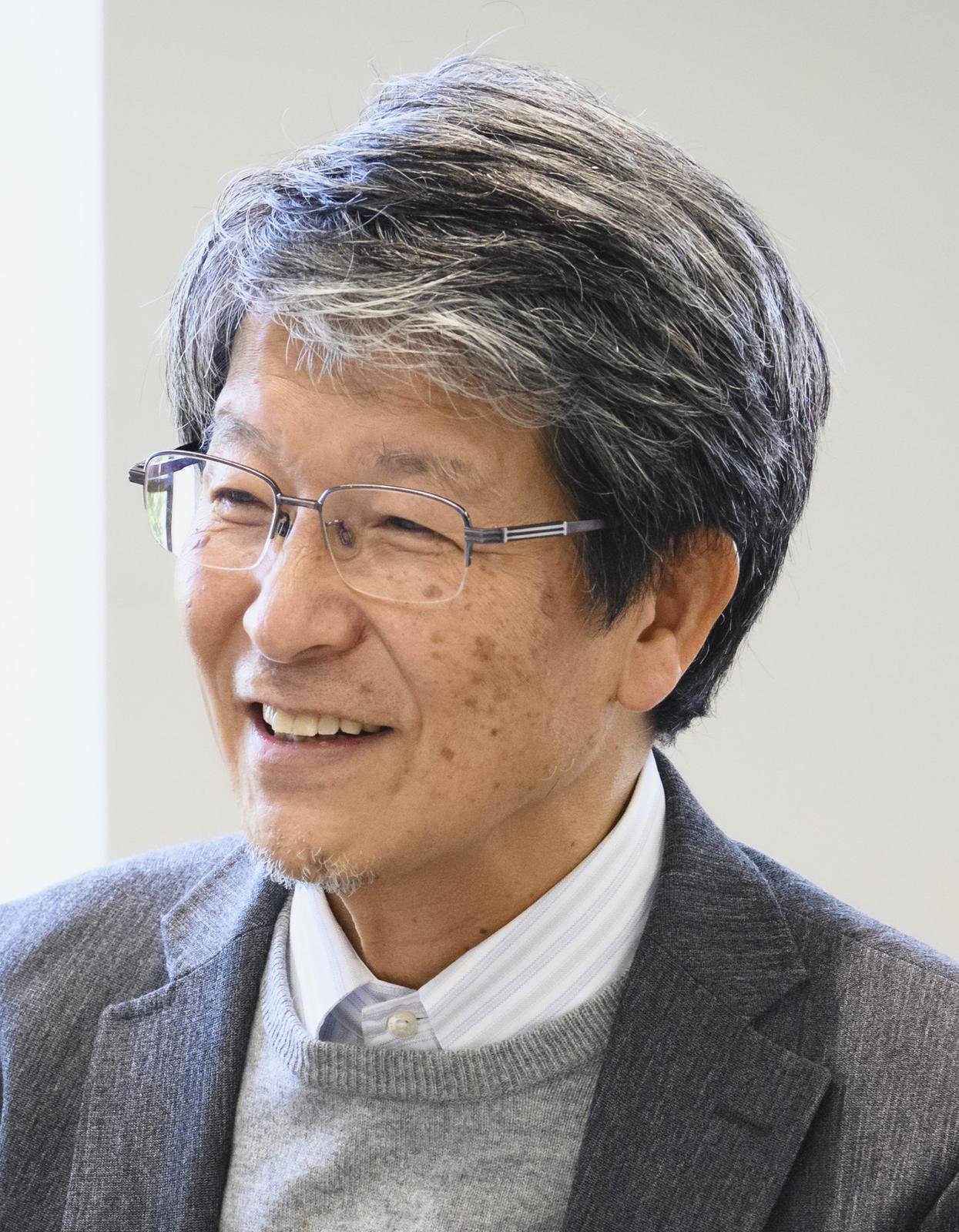Parks, Green Spaces, and People: Envisioning Symbiosis in the City
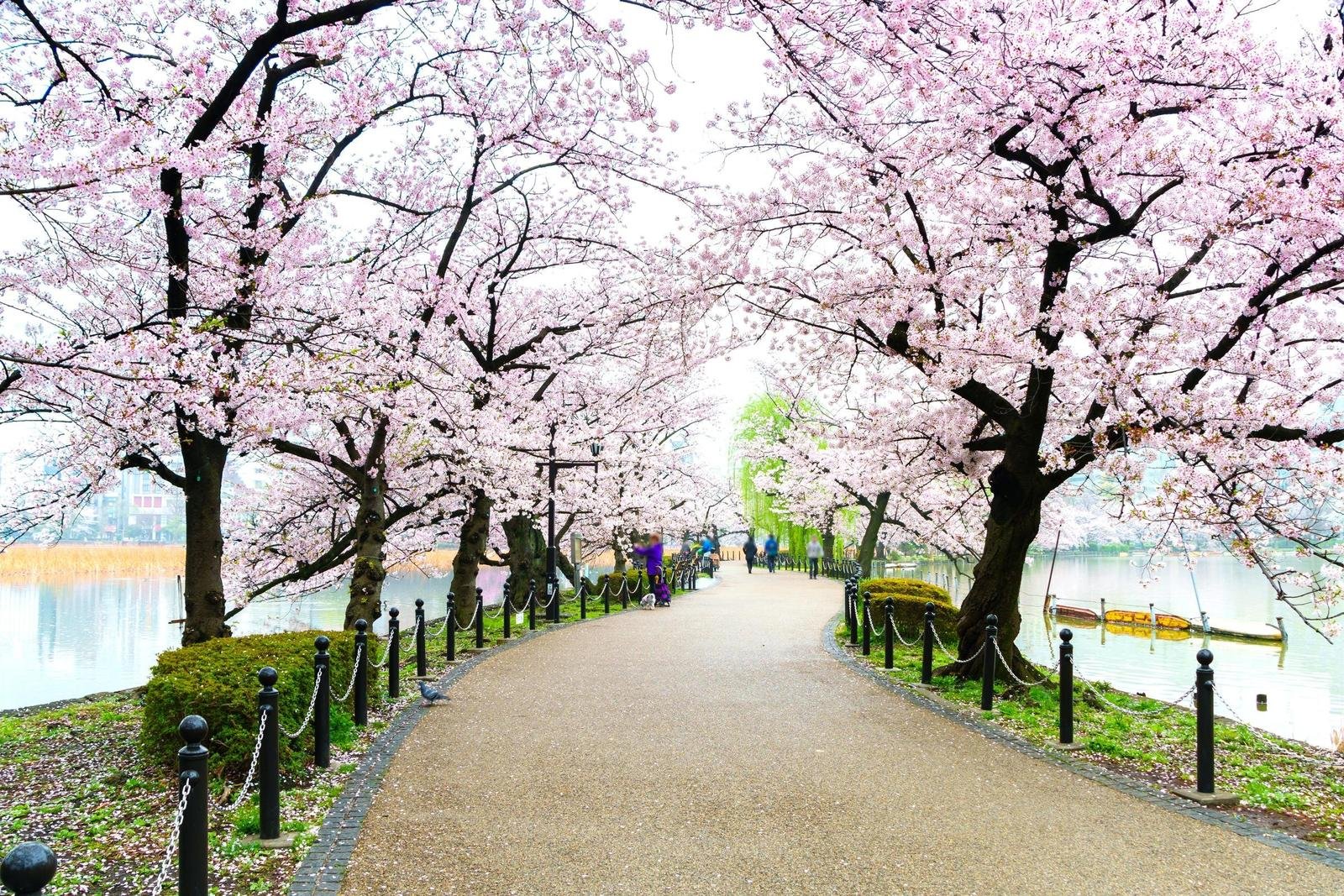
While Tokyo is home to impressive natural variety, ranging from mountains as high as 2,000 meters to islands with subtropical climates, the city also boasts an array of notable green spaces—even in central areas—that give local residents places to relax and also draw in foreign tourists. Ueno Park, Shinjuku Gyoen, and Hama-rikyu Gardens are just a few of the high-profile parks and gardens giving Tokyo vibrant splashes of green. Other contributors include Hotel Chinzanso Tokyo, Hotel New Otani, and other accommodations, not to mention shrines and temples like Nezu-jinja Shrine and Yushima Tenmangu. Even university campuses, including the University of Tokyo's Hongo Campus, add to the city's lush palette of green spaces.
"A lot of the green spots are shrines and temples; others are often former compounds or gardens that daimyo (feudal lords) built during the Edo period" (1603-1868), Shimomura explains. "They've survived for centuries, forming relatively consolidated clusters of green in and around the center of the city. Take Ueno Park, for example, which appears in the Edo meisho zue (Illustrations of Famous Place in Edo) as one of the city's best locations for taking in views of cherry blossoms. The places we're talking about have been popular for a long, long time."
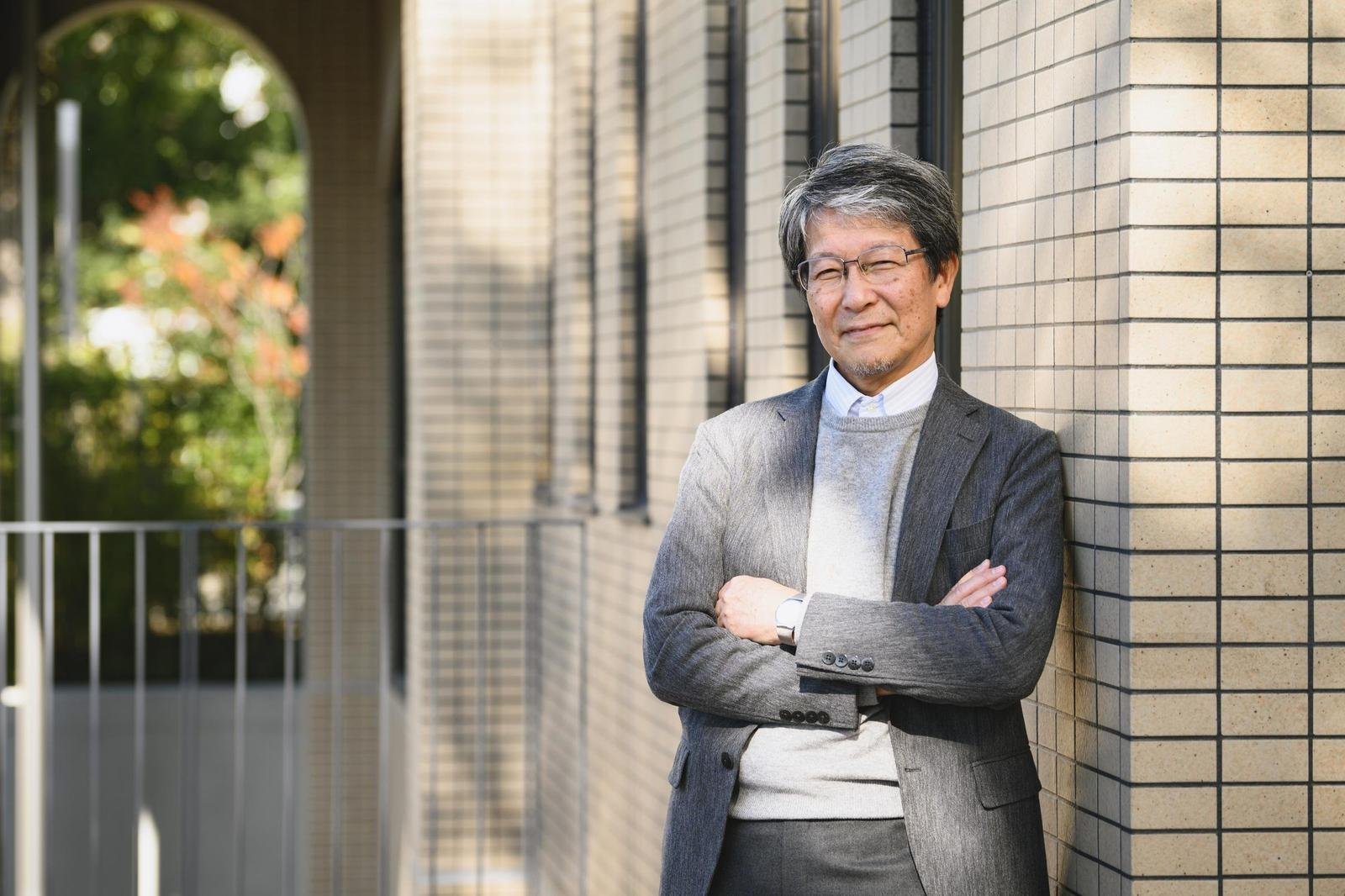
To Thrive in Cities, Nature Needs People
Urban nature and wild nature are different. Whereas preserving the wild tends to involve eliminating human interference, the management of natural spaces in city settings almost always requires people to be active participants.
"At the University of Tokyo Hongo Campus, you'll find over 3,000 trees with a diameter at breast height measuring 10 cm or more, and they're all subject to a planting and management plan with a schedule of regular observations, diagnostics, and, when necessary, trimming and other maintenance," Shimomura says. "If the branches get too long and full of leaves, they end up blocking out sunlight, disrupting the flow of water, and making them more susceptible to wind pressure—and all of that can weaken the trees. For urban nature and humans to coexist in harmony," Shimomura continues, "humans have to involve themselves somehow."
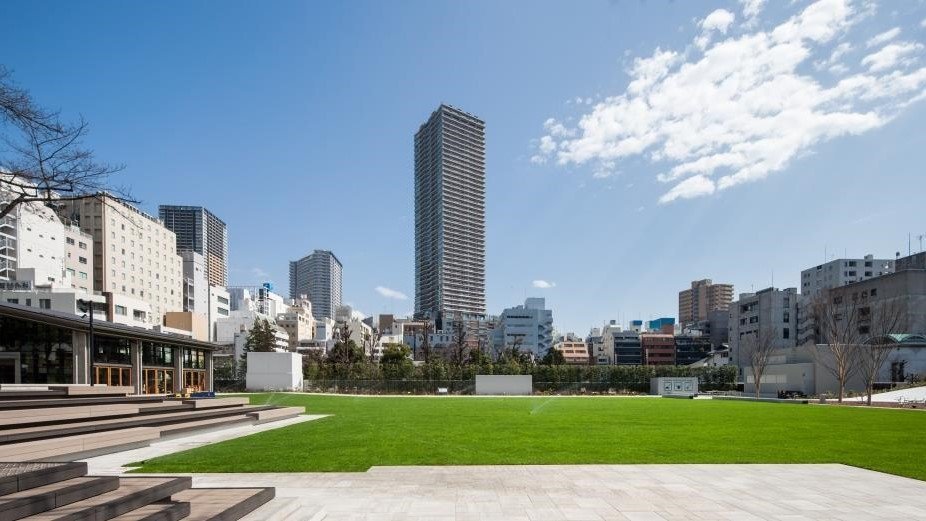
People have long taken it on themselves to keep urban green spaces and parks in good condition, but the ways that humans connect with nature in the city go beyond just maintenance. Projects looking to explore new, diverse applications of parks, for instance, are making progress.
"Minami-Ikebukuro Park, which sits right inside Tokyo's urban core and reopened in April 2016, is a great example," Shimomura says. "The open, expansive design makes it a welcoming place that's easy for people to just stroll into, and there's even a café. It's a park where anyone, from people who live or work nearby to tourists making a stop, can relax. The fact that we're seeing several parks in the city center adopt more open plans and add facilities like cafés and libraries highlights important elements. The ways that people perceive urban greenery and parks are obviously changing, first of all. The shift also underscores a growing eagerness to work with the private sector, with amendments to the existing systems having eased restrictions on food-and-drink establishments on park premises."
How Parks Can Regenerate Communities
One key issue for the future will be the relationships that local residents have with the parks in their communities. Looking at the different modes of engagement, Shimomura cites Tateno Park in Nerima City—a space that community members and the local government have planned and developed in a collaborative framework—as a great example. "A group of local residents still takes care of the day-to-day upkeep at Tateno Park," Shimomura says, highlighting the community's involvement.
"You can also see the element of community-based development in WATERRAS, which is in the Kanda Awajicho part of Chiyoda City. The complex, a project that redeveloped the former site of an elementary school and nearby parks, includes everything from office spaces to student housing and parks that bring people together. It even plays an active part in the time-honored Kanda Matsuri (Kanda Festival). WATERRAS is the core of the community, a vital base for area management," Shimomura explains.
The archetype of that kind of area management is the traditional Japanese shrine. It was a central hub where people from across the generational spectrum would put together events and essentially run the community, with everyone doing their own part. Shrine festivals bustled with verve, drawing crowds of attendees young and old. When a shrine started to show signs of age, community members would chip in for repairs—in their eyes, they were sustaining a shared resource.
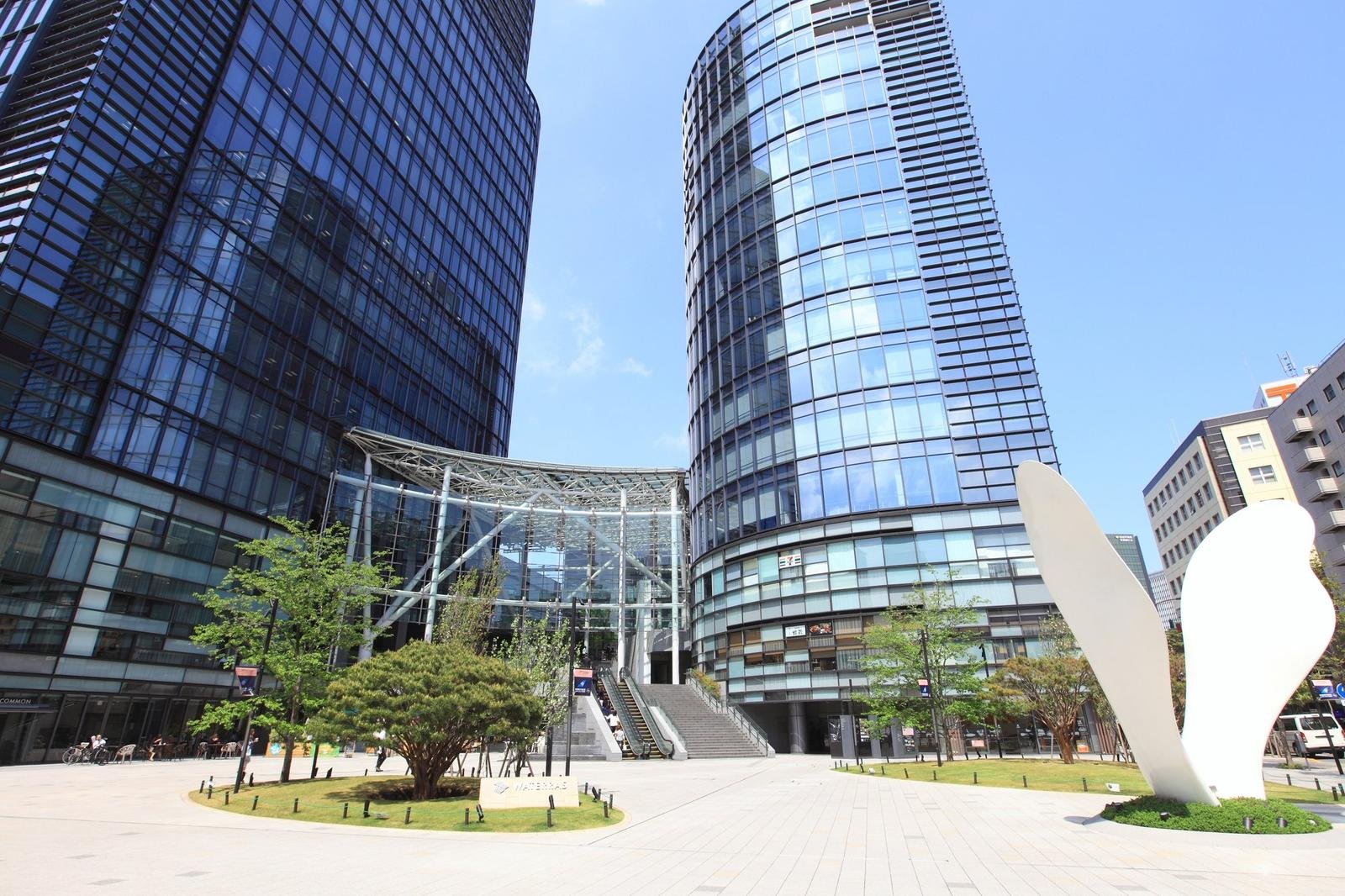
If people today took that kind of mindset into green spaces and parks, seeing them not just as places to have a good time but also as resources to invest themselves into running and maintaining, they could forge stronger connections to their communities, take more pride in the places they call home, and lay foundations for rebuilding. As the future unfolds, efforts to develop communities where humans and nature flourish in symbiosis will benefit from both maintaining a sensitivity to the history of the place and bringing people together to protect, nurture, and make the most of green spaces and parks.
Shimomura Akio

Operating on the concept that envisions green urban development for the next 100 years, the Tokyo Metropolitan Government is pushing initiatives to protect, cultivate, and utilize Tokyo's greenery.
The efforts, which focus on greening the city, conserving biodiversity, and other goals, aim to transform Tokyo into a sustainable city that exists in harmony with nature.
https://www.metro.tokyo.lg.jp/english/policies/environment/0804_01.html
Photos by Kaneko Satoshi
Translation by Tom Kain





